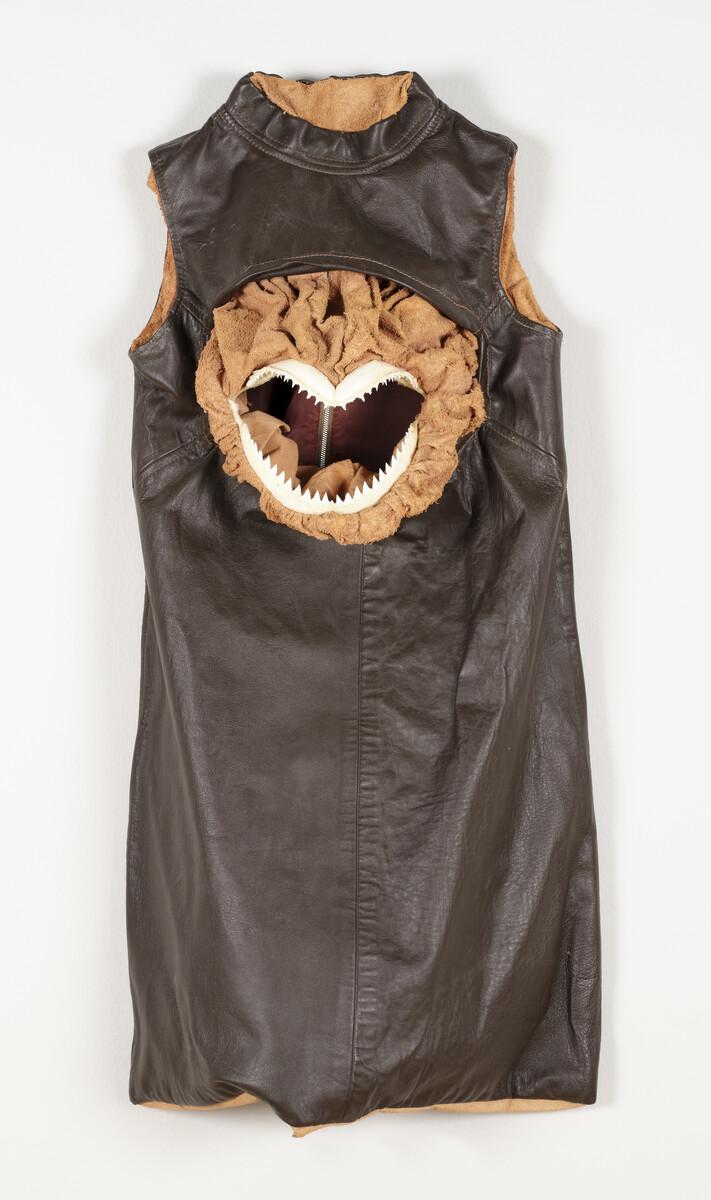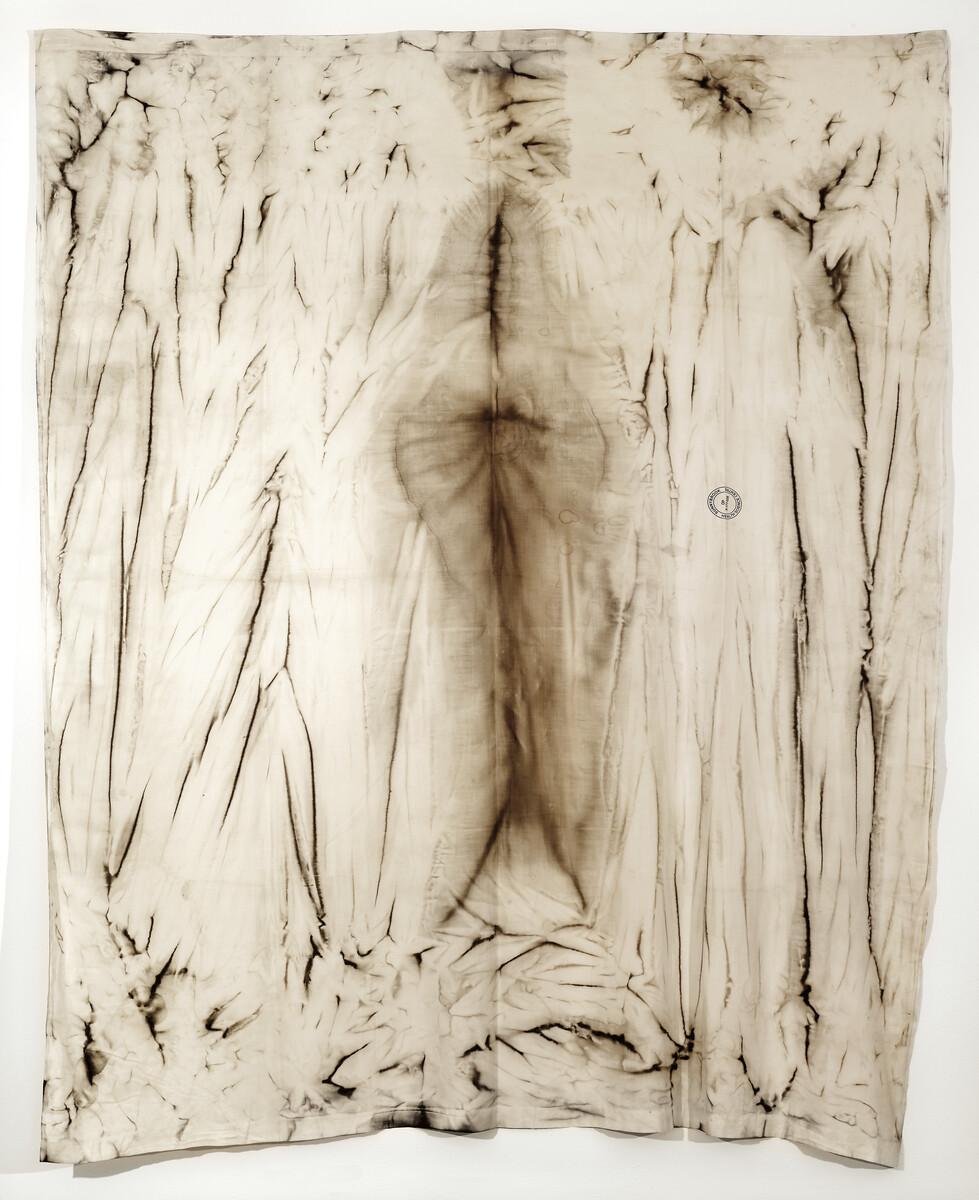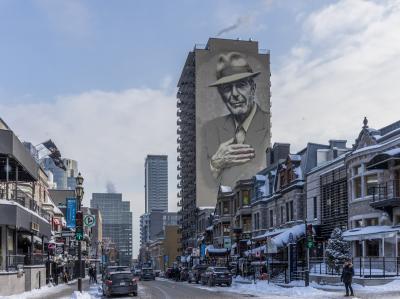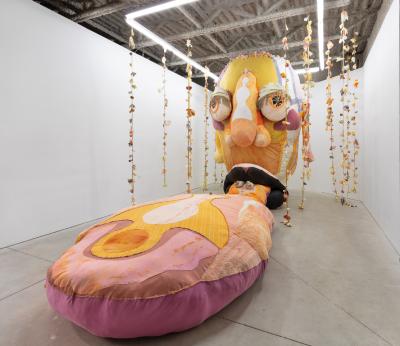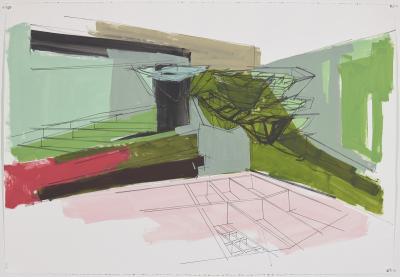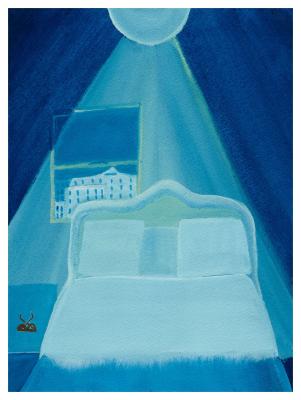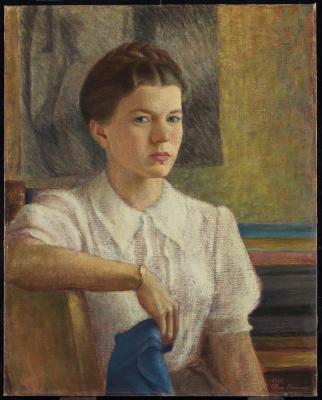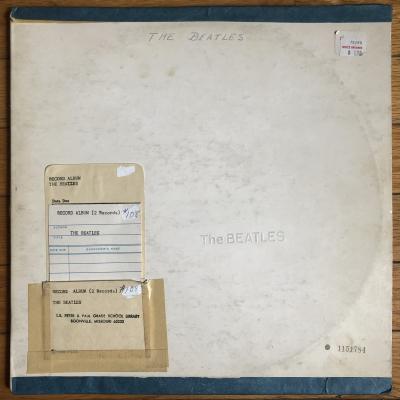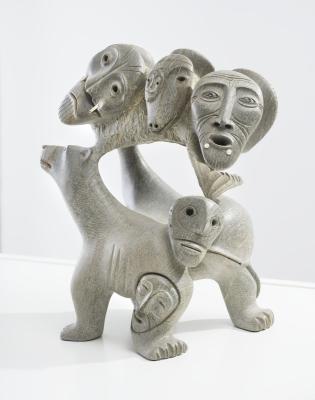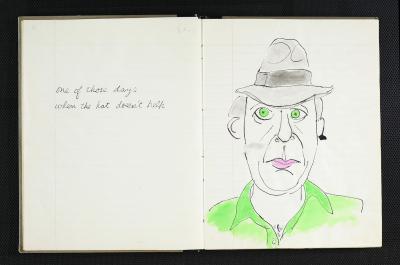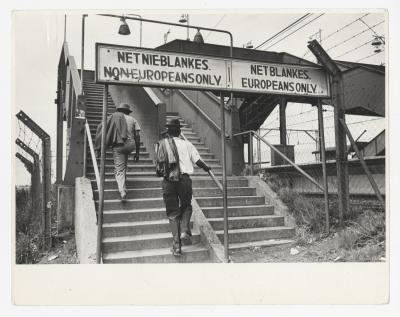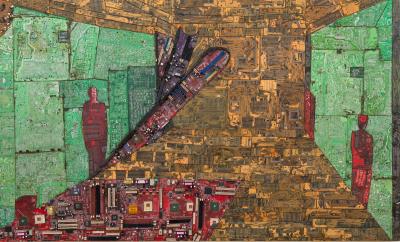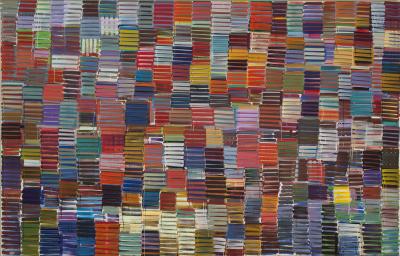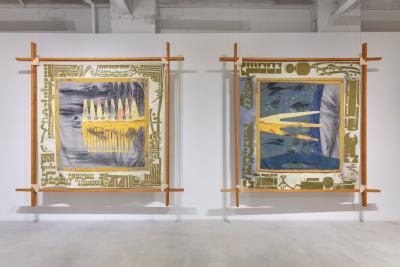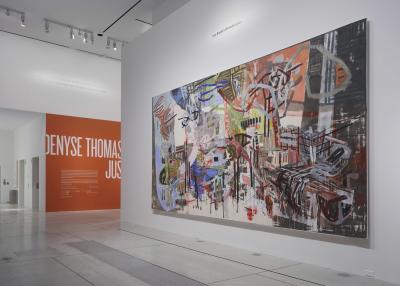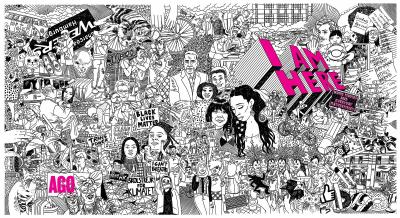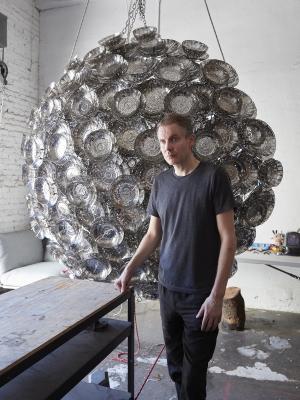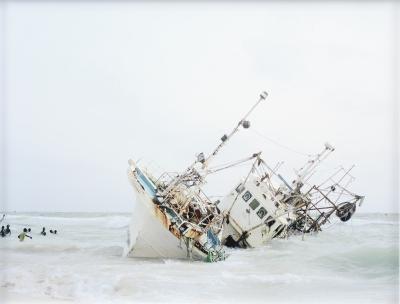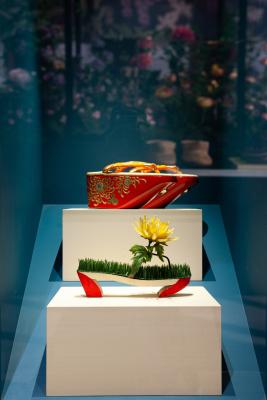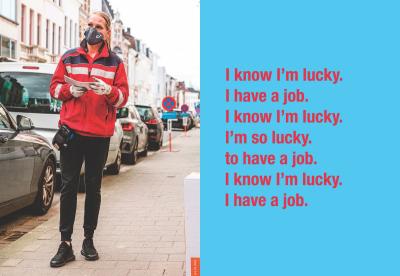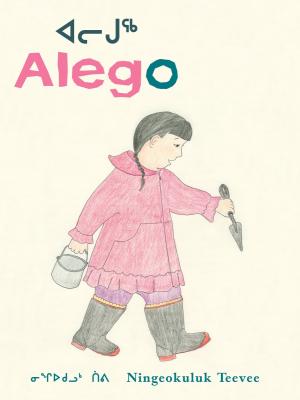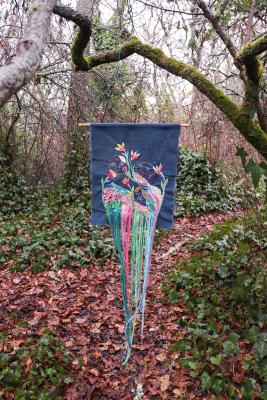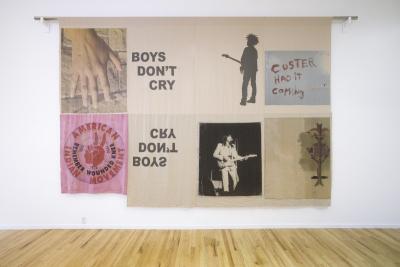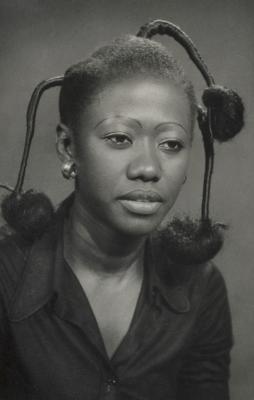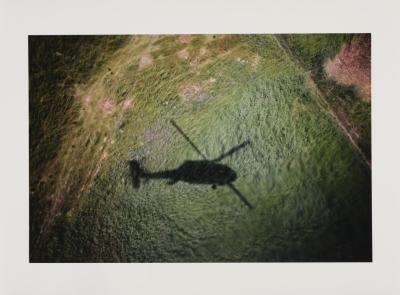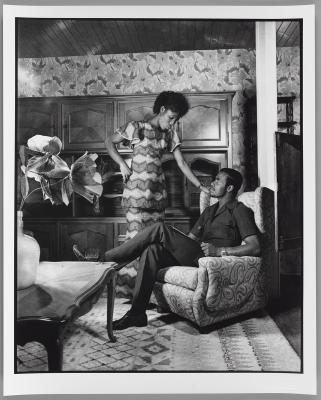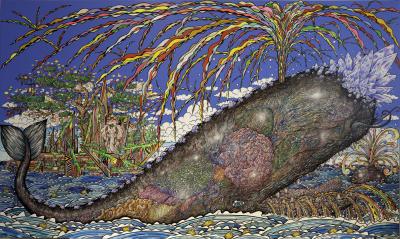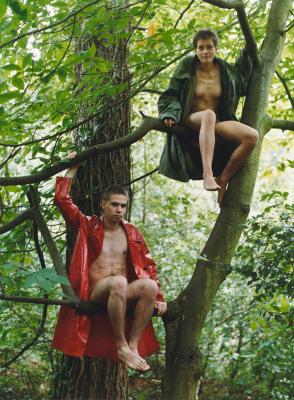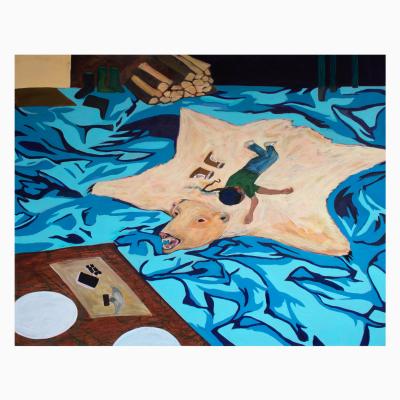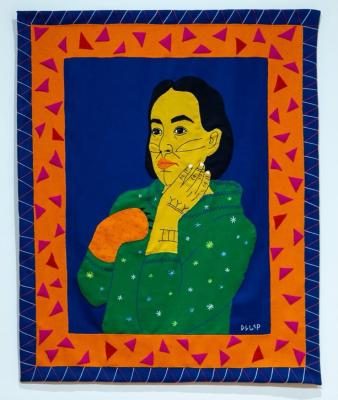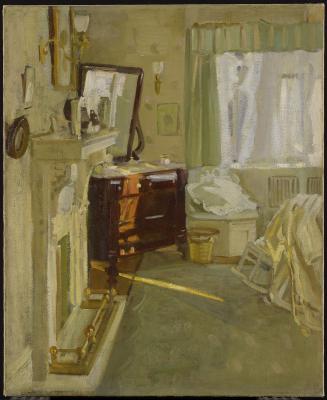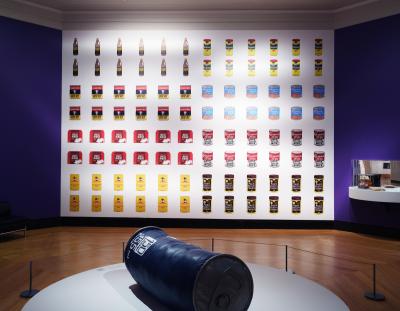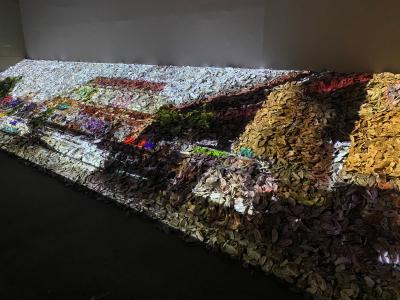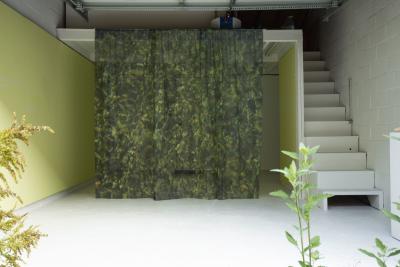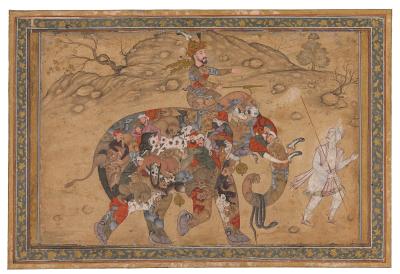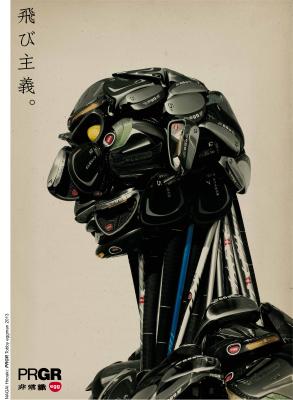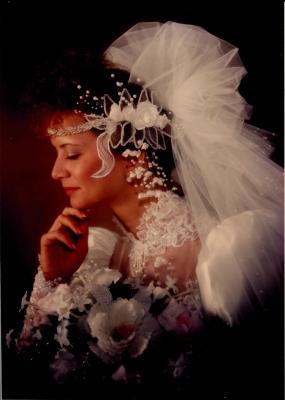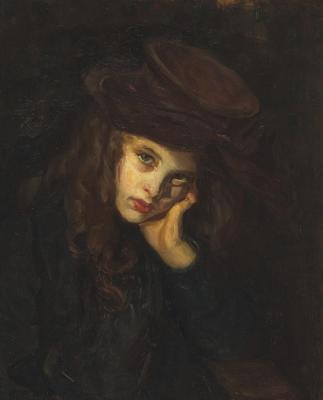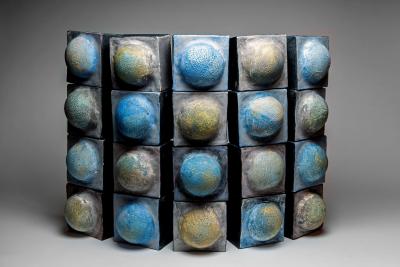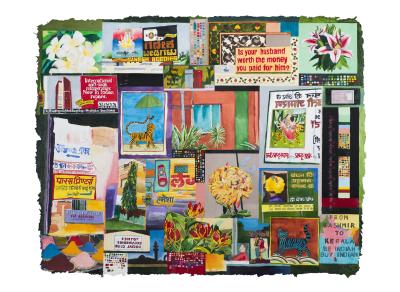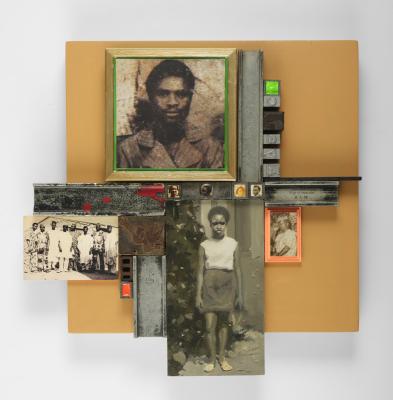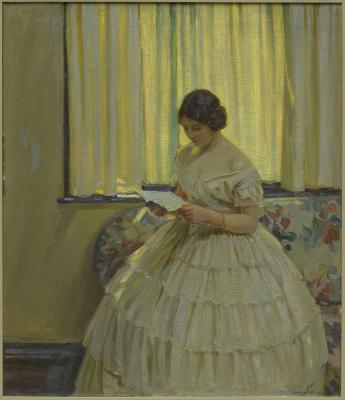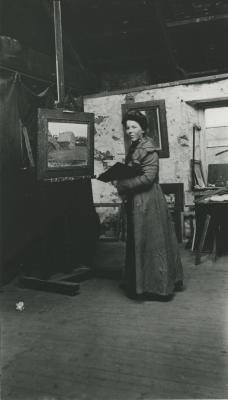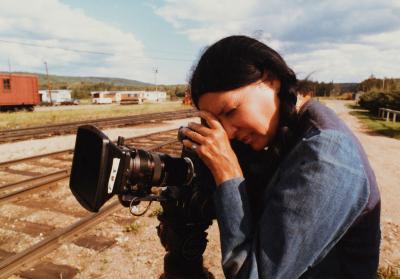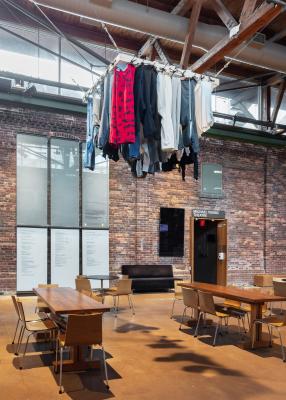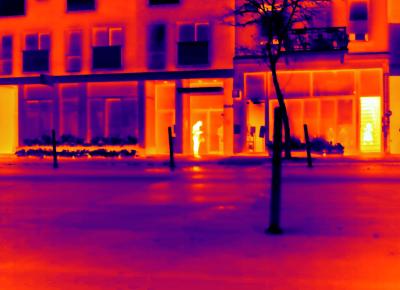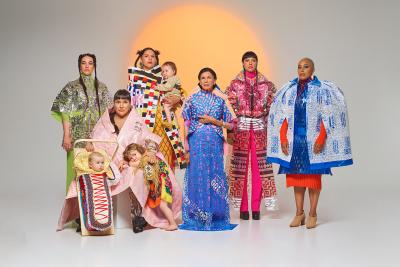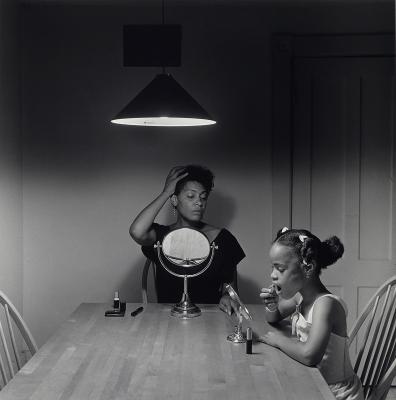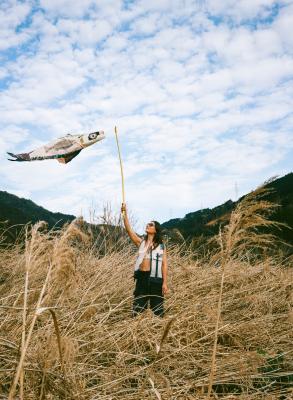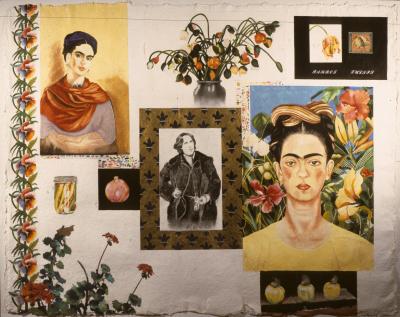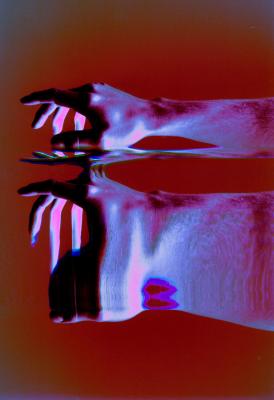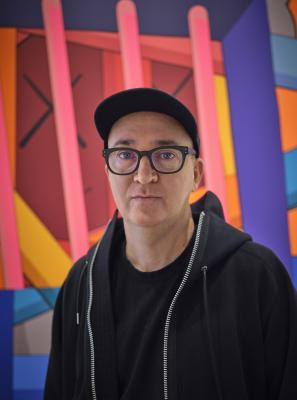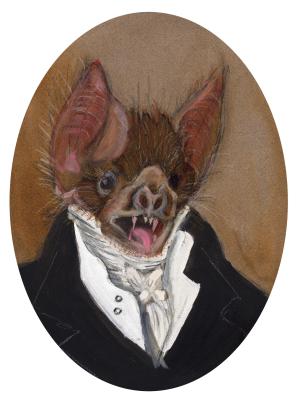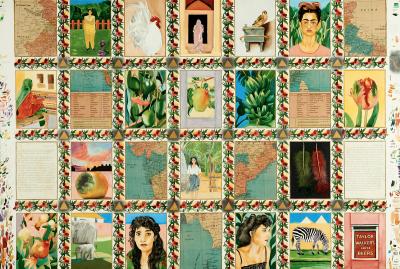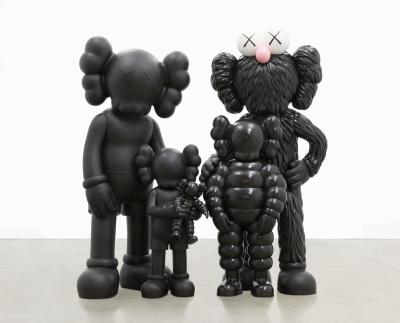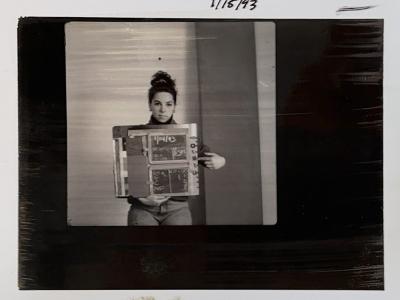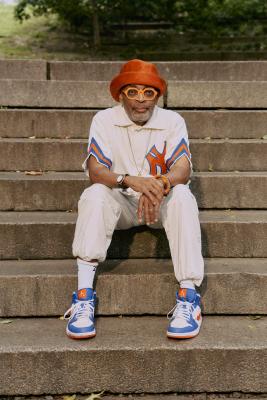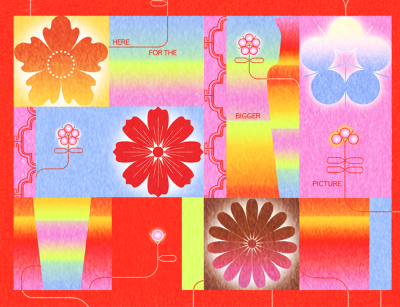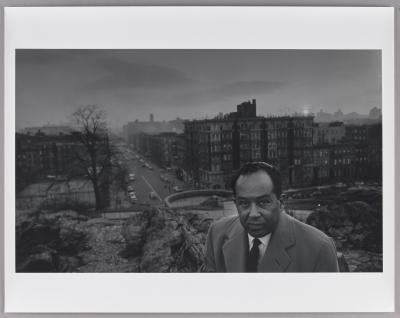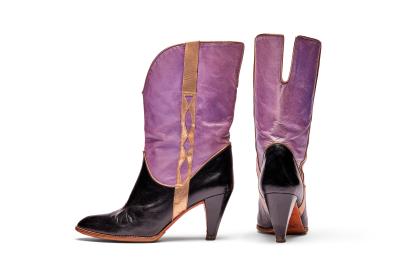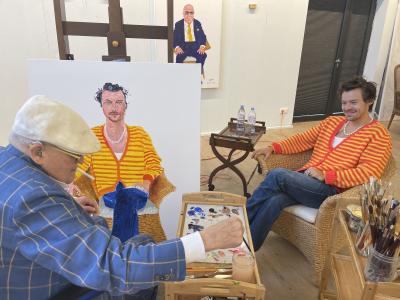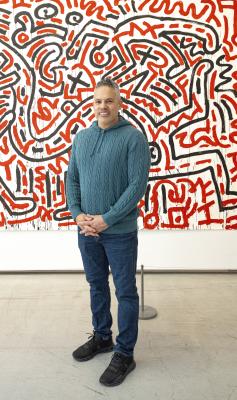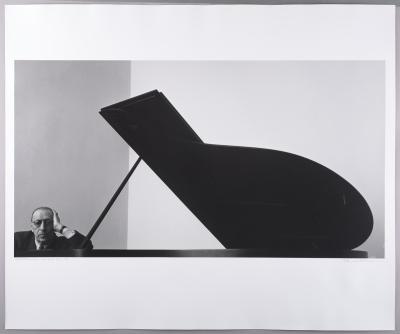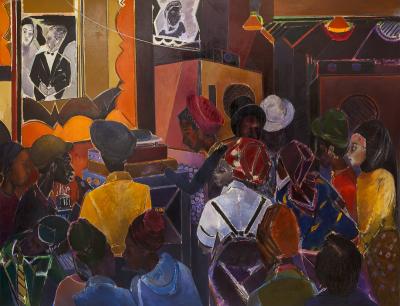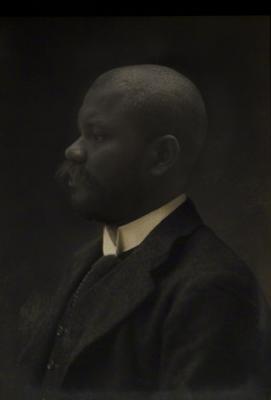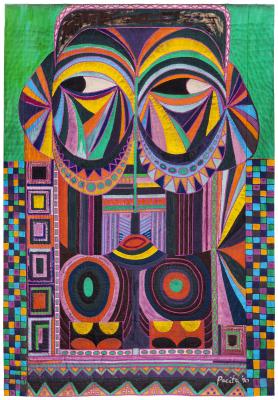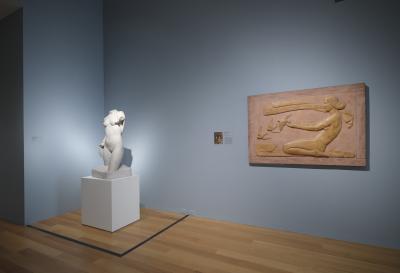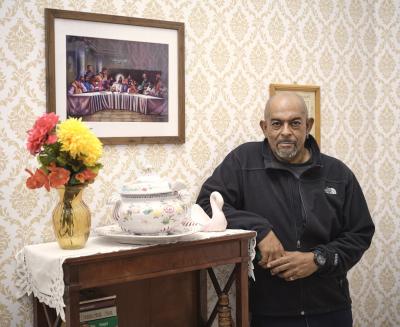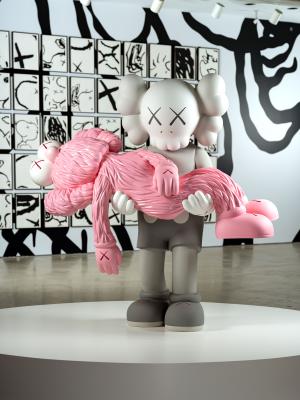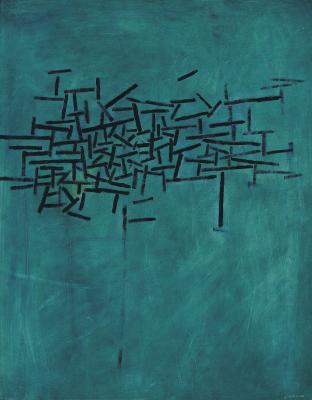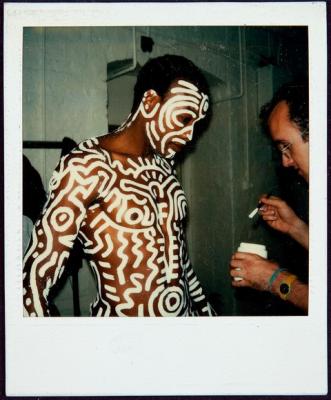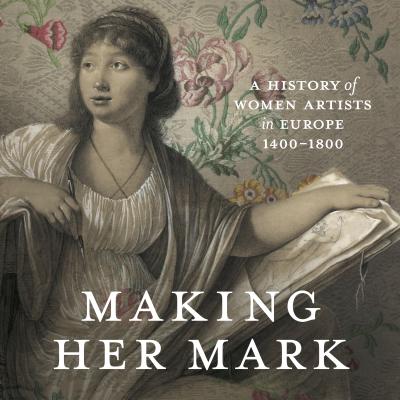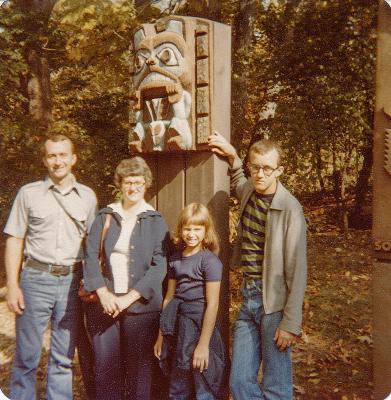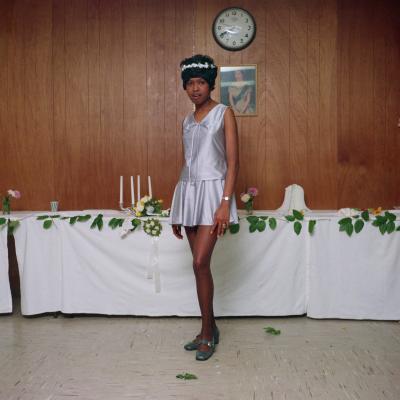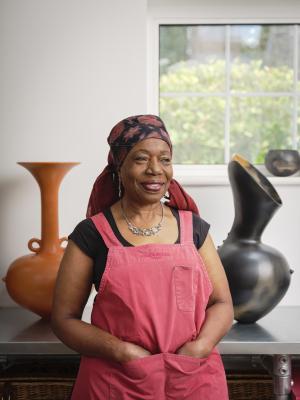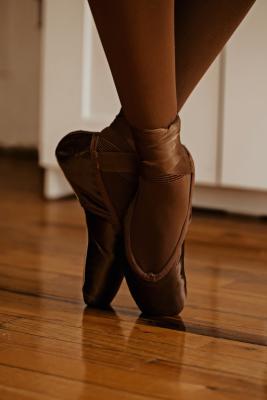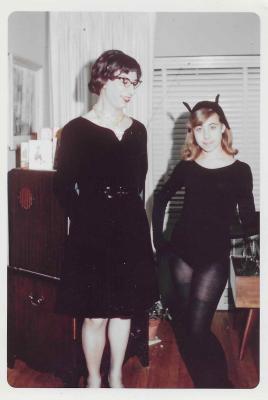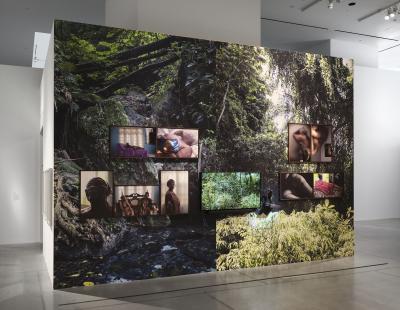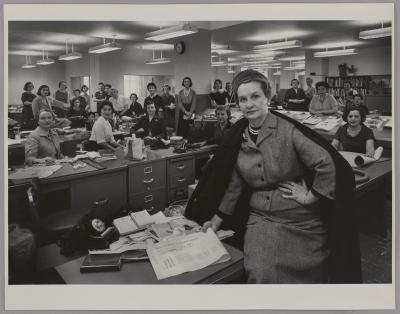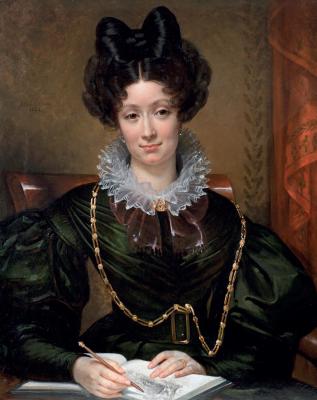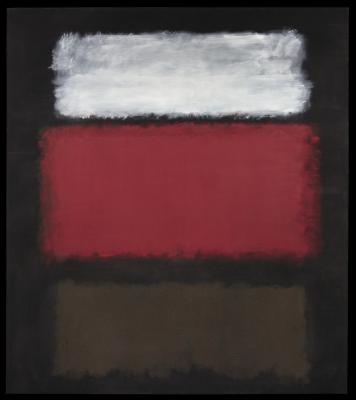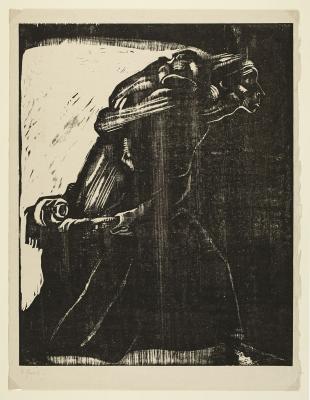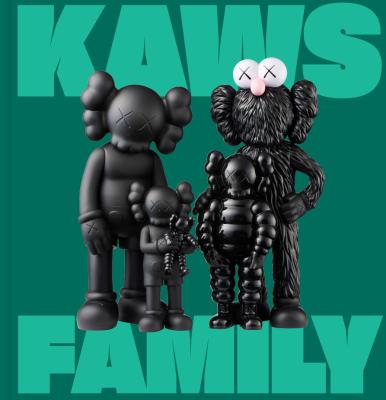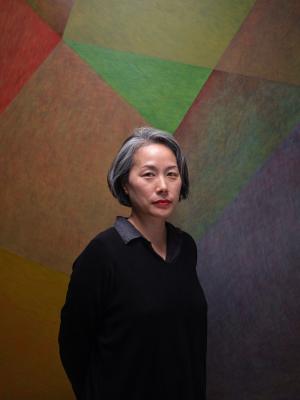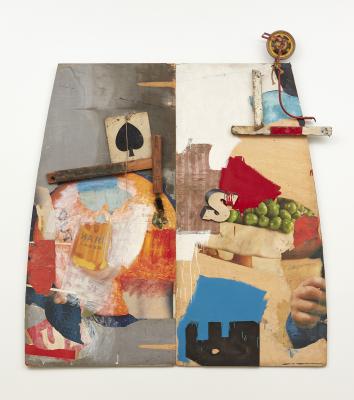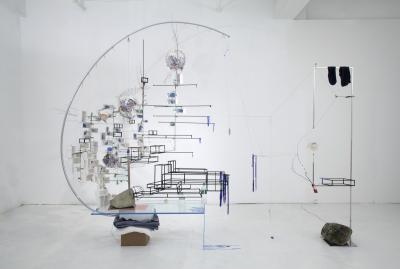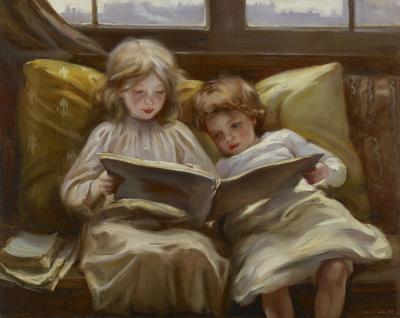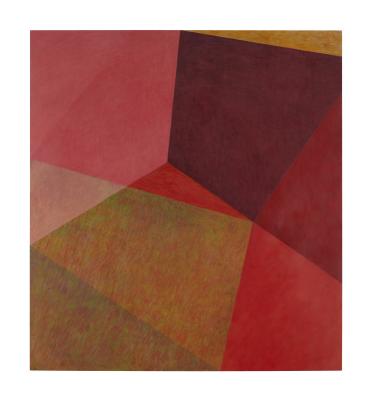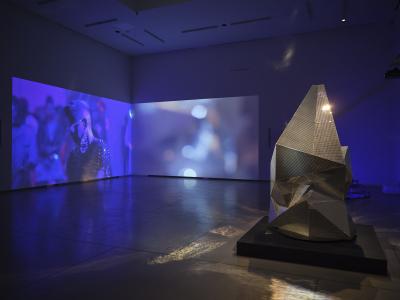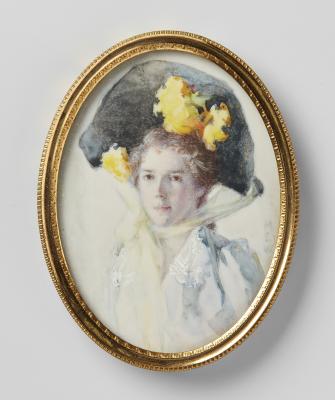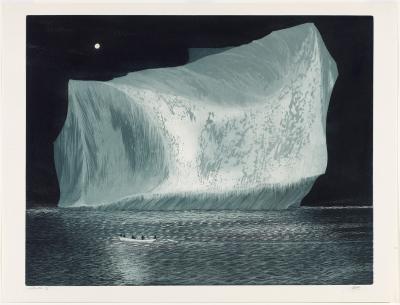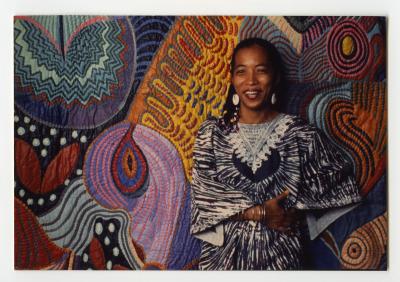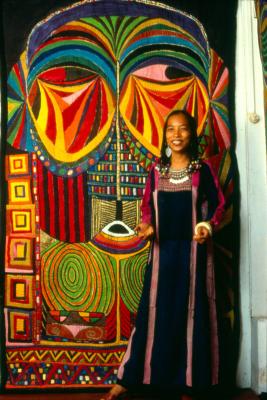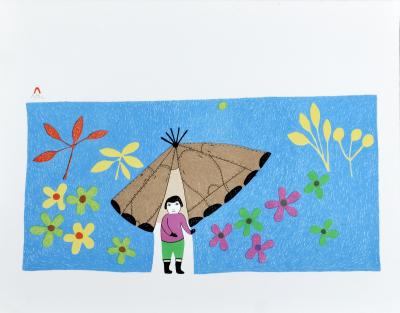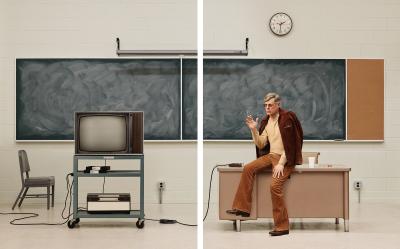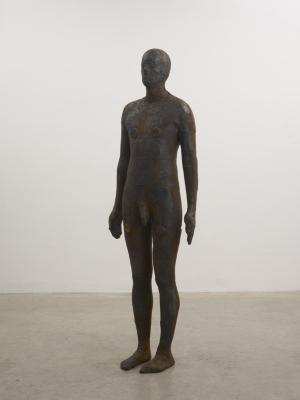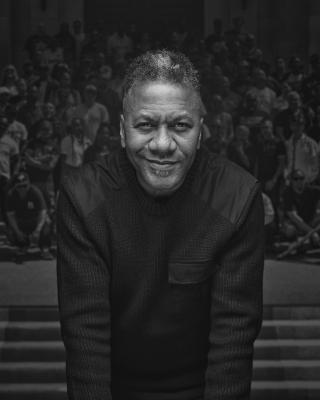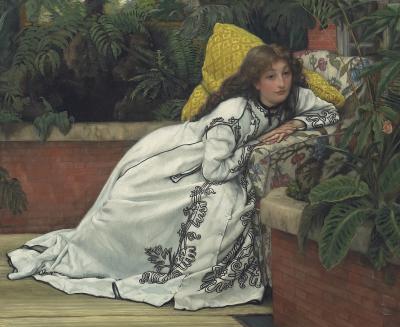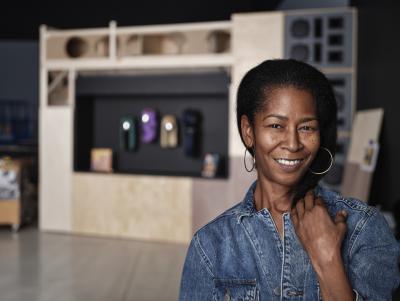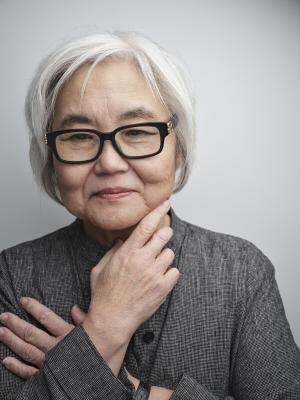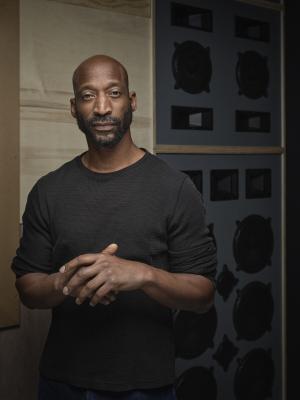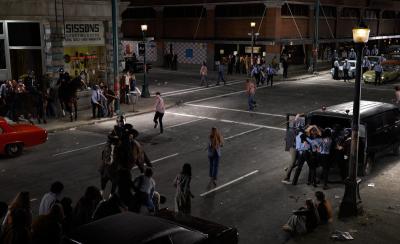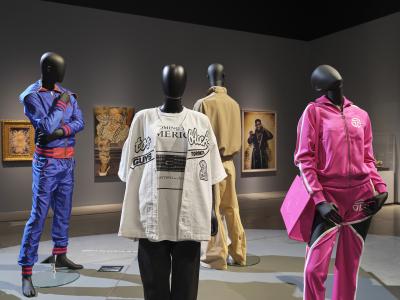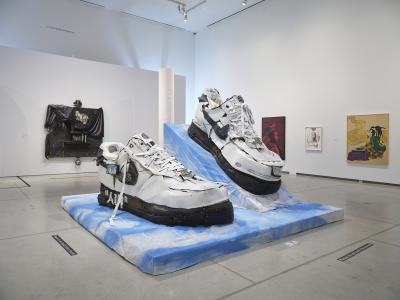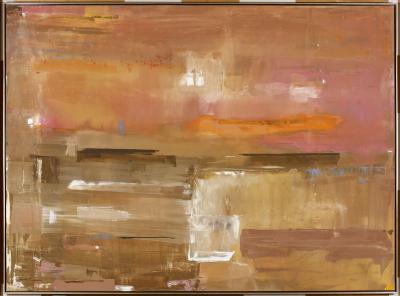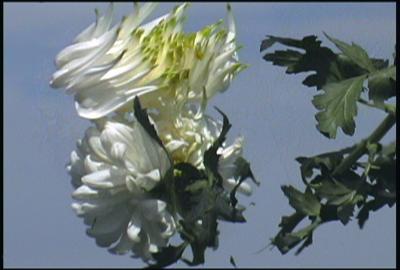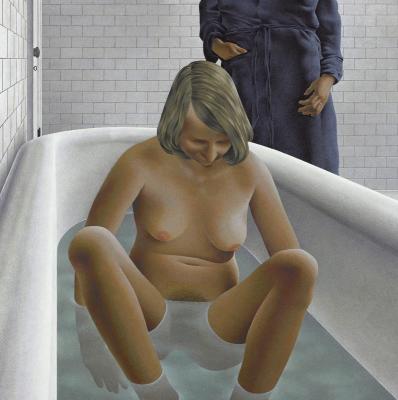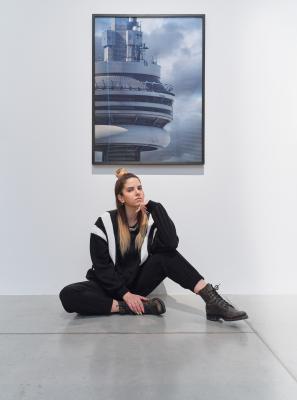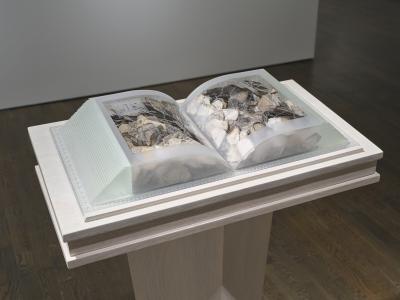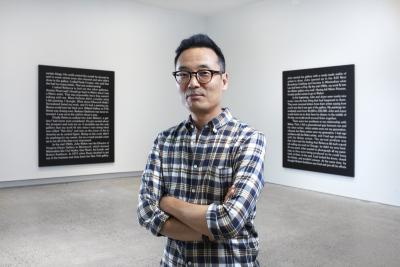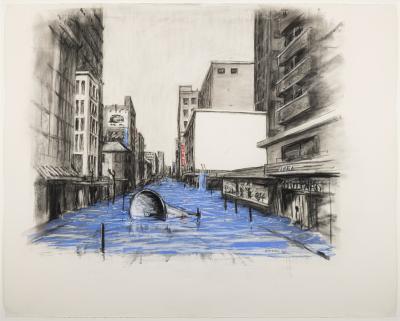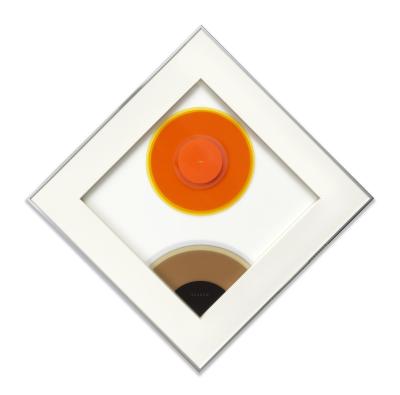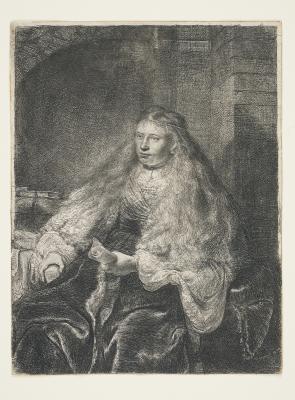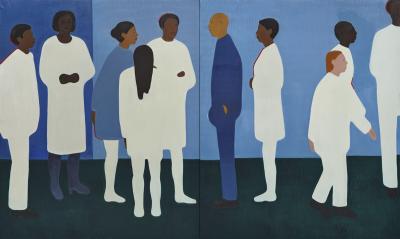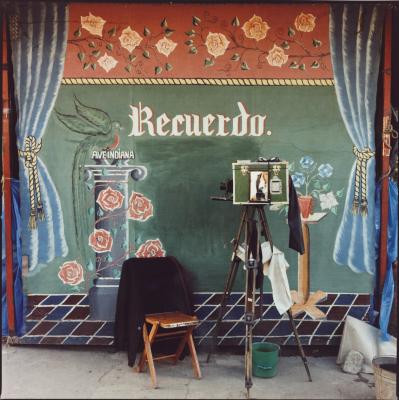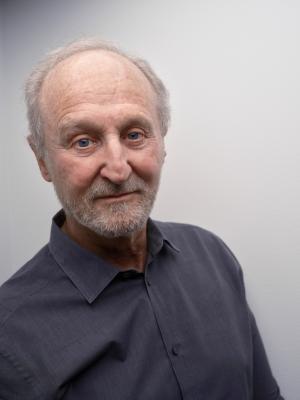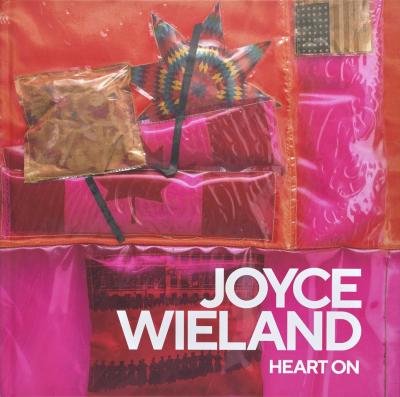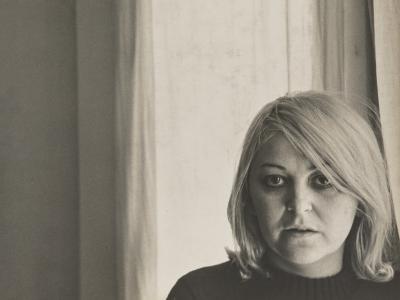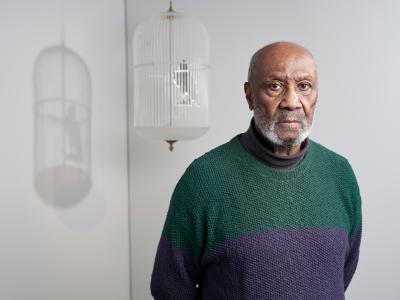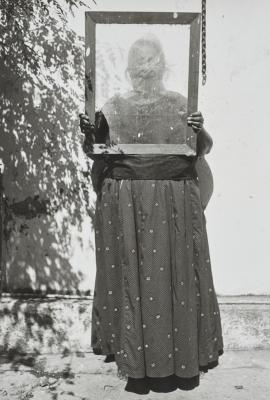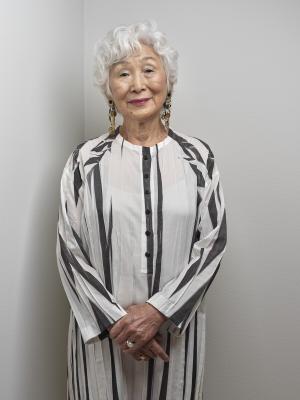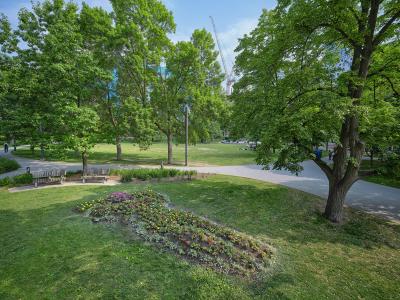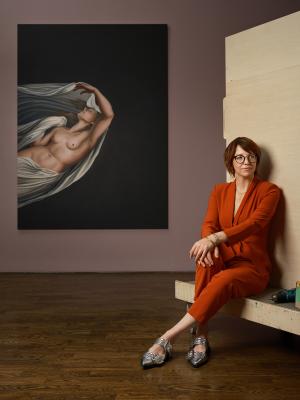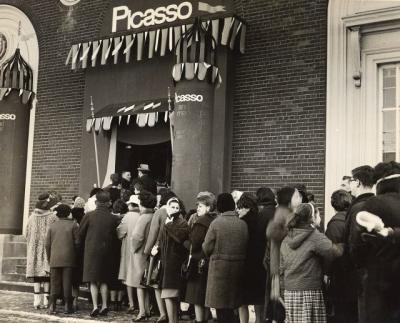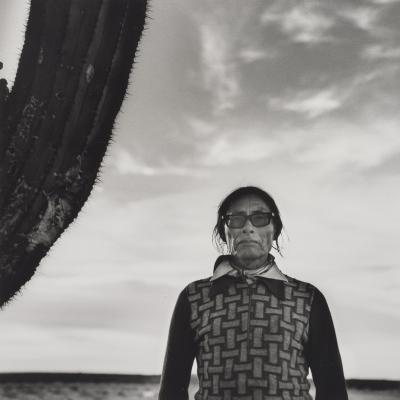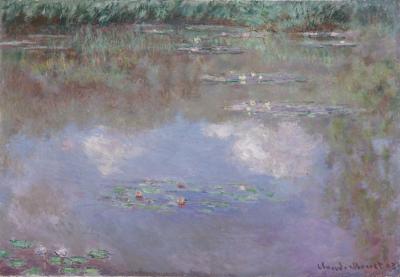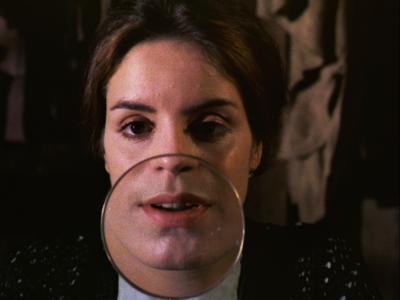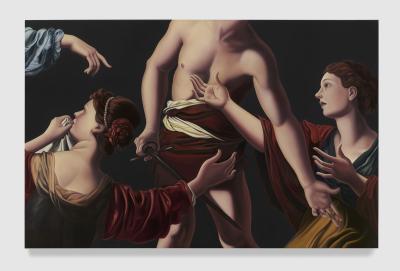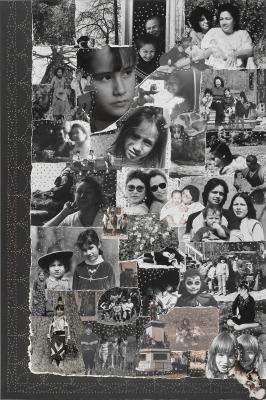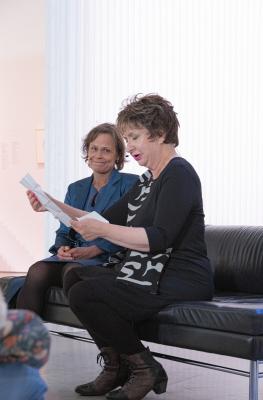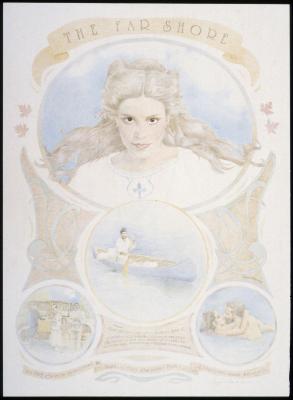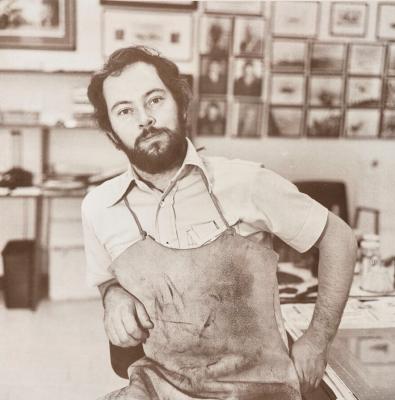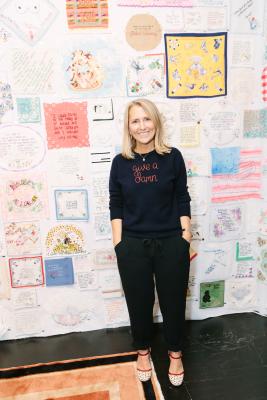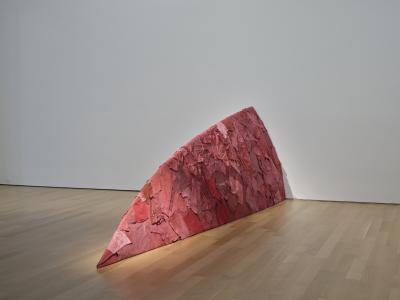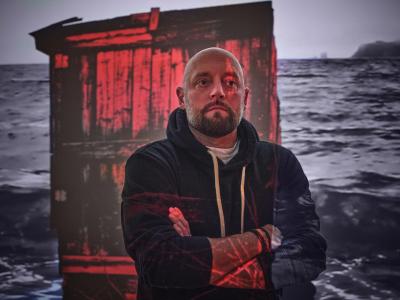Tim Whiten and the Age of Glass
The award-winning image-maker looks back on 50 years of practice before his solo exhibition opens at the AGO

Tim Whiten, 2025. Photo: Craig Boyko © AGO.
After 50 years of practice, Tim Whiten reflects on his body of work with a succinct understanding: “They are living organic materials that are informing us about what we are and how we do things.” Since the 1970s, the acclaimed multi-disciplinary image-maker has been exploring naturally occurring materials, turning bone, leather, glass and coffee into monuments that fuse the physical and spiritual realms.
On view now at the AGO, Tim Whiten: A Little Bit of Light marks Whiten’s 2022 Gershon Iskowitz Prize for his outstanding contribution to Canadian art. With over 30 key works on display, the exhibition ranges from works on paper and cotton, other three-dimensional objects, and mixed media installations. Among them is Awk (1989), Whiten’s sleeveless leather dress with a shark jaw chest panel; the coffee-stained hospital sheets of his Enigmata Series (1994-96); and Lucky Lucky Lucky (2010), Whiten’s life-sized glass rocking horse exploring the transcendent power of play.
A Little Bit of Light is curated by Julian Cox, the AGO’s Deputy Director and Chief Curator. “Attuned to the transcendent potential of objects, and drawing upon various spiritual traditions, mythologies, and rituals, Whiten invites viewers to sense, rather than overtly read, his artworks,” says Cox. “Whiten’s practice prompts audiences to explore the depths of spirituality, the nature of consciousness and the importance of ancestral knowledge.”
During the installation of the exhibition, we met with Whiten for a conversation. After unpacking the importance of humanity’s “age of glass”, he reflected on his 50-year career, naming hindsight as a means of discovering a new path forward.
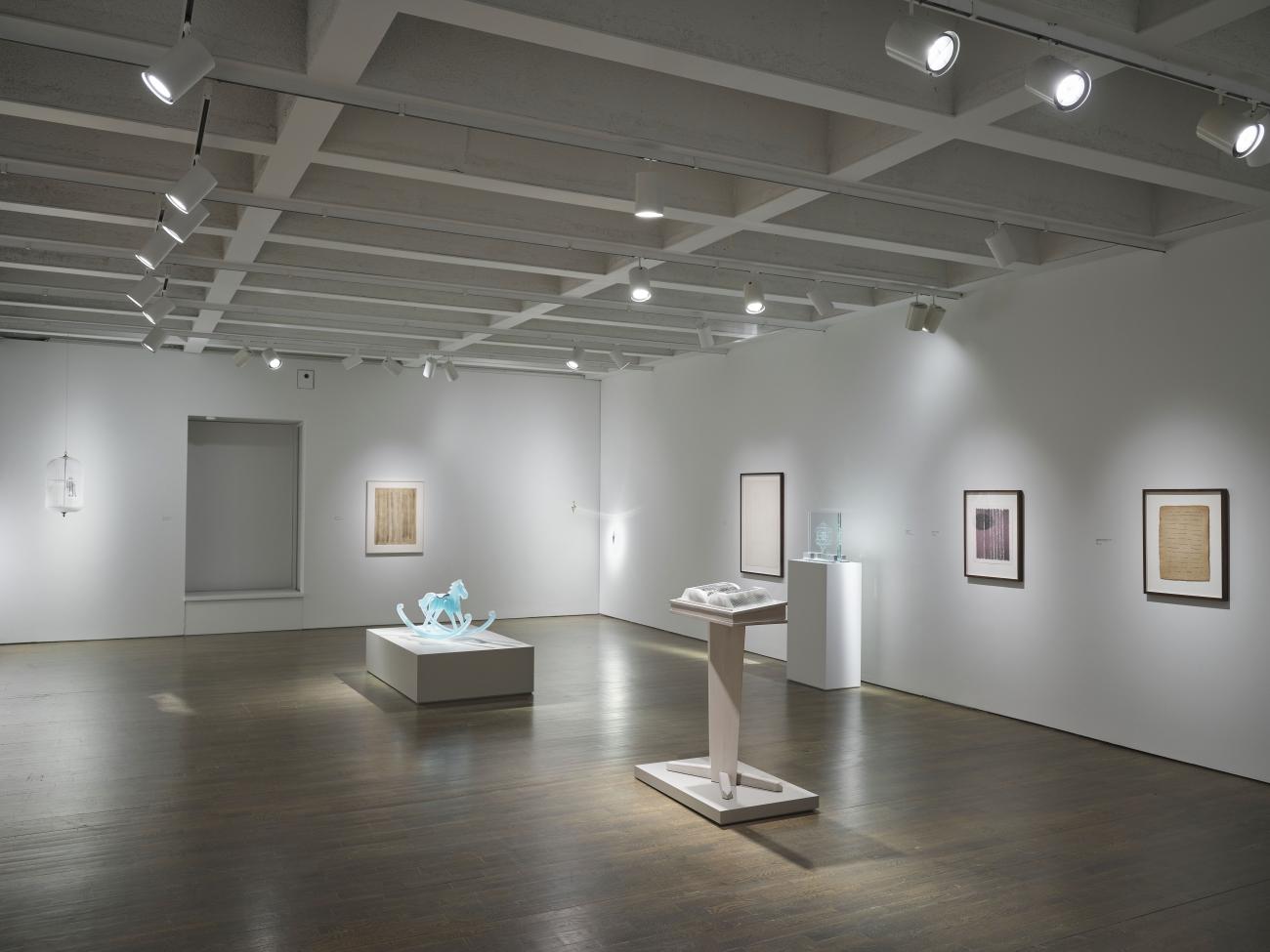
Installation view: Tim Whiten: A Little Bit of Light, March 29 - August 17, 2025, Art Gallery of Ontario. Artworks © Tim Whiten. Photo: AGO.
Foyer: So much of your work is rooted in your choice of material. What guides you to a particular material? How do you develop a relationship with that material, and ultimately decide to incorporate it into your work?
Whiten: Most of the material that I work with has a lot to do with recognizing where we are in the world right now. Although people don't think about it, the way in which we actually function and engage in the world right now has a lot to do with glass. Often, the kind of engagement that we have with the world is through the material called glass. Interestingly, much of what we're doing in terms of online systems and informational systems are supported by the function of the material we call glass. It's interesting how we've gotten here. Over the span of history, people have talked about the different ages that we were in: the age of stone, the age of bronze, the age of iron etc. Currently, I believe that we’re in the age of glass. It's the material which affords us the opportunity to do various things in our culture that help us advance to another stage and another level of awareness.
I have chosen glass for my work because, essentially, I’m recognizing this material is the means by which we move forward in our culture. Everything that we do currently that moves us into another level of understanding is based upon glass. Fiber optics is essentially the means by which we see television, glass allows us the possibility of using a cell phone, it is the way in which we translate information from earth to outer space then back to earth. It's all based upon an understanding of glass. And even though that's fundamental to us as a culture, we don't know what glass is yet. It is a fundamentally difficult material because it is essentially called a hyper cooled liquid, meaning it is always in a state of liquidity – it's never solid. Yet, we identify it as being a solid. So, the nature of glass is a conundrum, because it's a material which requires and contains movement, yet it looks like it's a solid. I think because of that quality it provides us a means through which to evolve our current state of awareness.
Your works have been described as living artifacts. Do you find that to be an accurate characterization, and if so, why?
What I think about as an artifact is essentially the result of a culture that has moved on from a state of awareness to another level. I don't know that I would say my works are living artifacts now, simply because we haven’t moved on. The characteristics of the things that I'm doing right now are situated in our current understanding of what we do and how we function. So, until at some point we go past that, I wouldn't consider them artifacts. Yet, they are somehow a means by which I’m articulating the awarenesses that we have. In future years, I think we will be able to look back upon them and see them as artifacts. They are the residues of what we knew at a certain time. So right now, I think they are living organic materials that are informing us about what we are and how we do things.
I think at some point we'll start to see that this material can take us to other places – conceptually, mentally, physically – that we have never considered. The nature of the value of the material is essentially, what we can do with it to advance our consciousness.
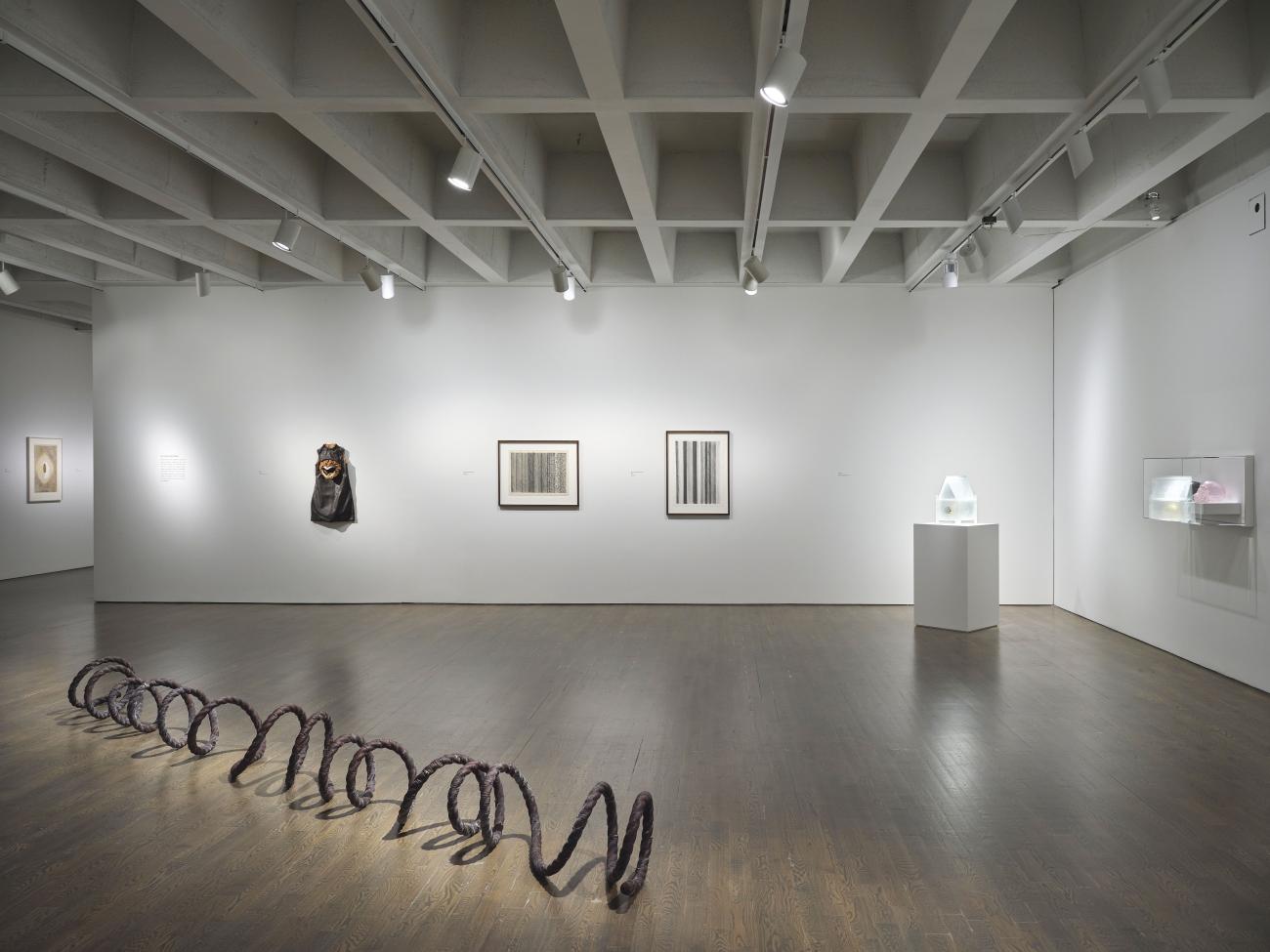
Installation view: Tim Whiten: A Little Bit of Light, March 29 - August 17, 2025, Art Gallery of Ontario. Artworks © Tim Whiten. Photo: AGO.
A Little Bit of Light features 36 of your works and spans five decades of your practice. As you install this exhibition at this stage of your career, how have you been reflecting on your body of work?
Whenever you do an exhibition, it is a way of giving you feedback about where you are, or where you've been. This exhibition is specific in that regard because it reaches a span of quite a number of years – I think one of the oldest pieces here was done in 1972. It gives me the condition of pause. It’s very seldom that you see a portion of your life identified for you to the point where you can reflect upon it in an overt fashion. It gives me an opportunity to see that in a very real way. It also prompts me to ask the questions “what more could I have done?”, “what more is there to do?” and “what value is there to what I have been able to do?” I don’t have the answers to any of these questions, but it’s important to pose them because if I don’t, I won’t have the ability to think about what is possible in the future.
I'll be 84 years old this year and being able to look back on my life with this exhibition – which has elements that I can see in material form – helps me a great deal in thinking about what my next steps might be. Whenever you're dealing with the question of trying to find yourself, you have to recognize where you are before you can understand where you want to go. It’s a difficult exercise, but it's a useful exercise. Doing this exhibition requires a degree of vigilance and it allows me to address these questions rather than avoid them.
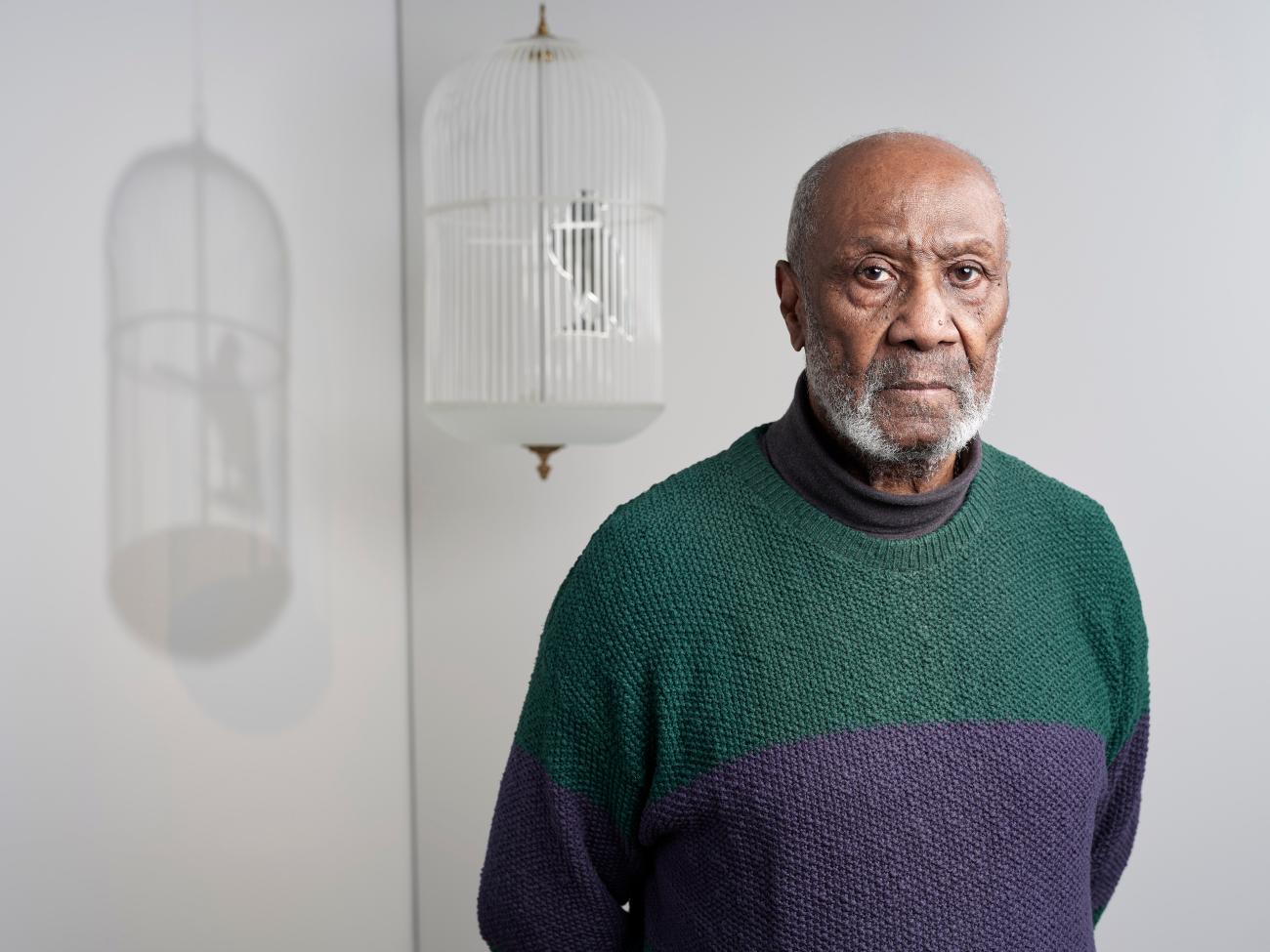
Tim Whiten with his work, He is Called Spagyrist, installed at Art Gallery of Ontario. Photo: Craig Boyko © AGO.
Tim Whiten: A Little Bit of Light is on view in the Philip B. Lind Gallery on Level 1 of the AGO.
